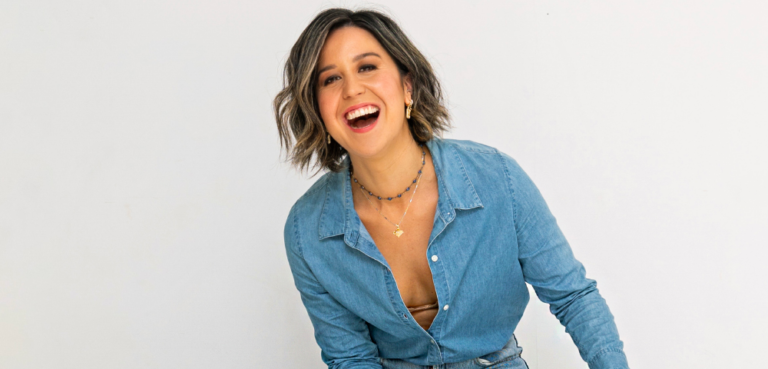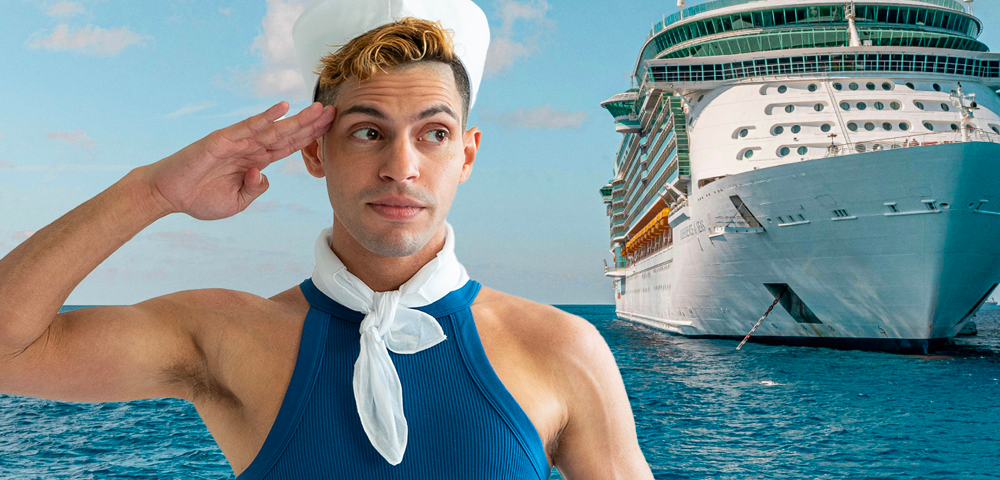
Iceland’s queer hotspot
The country most well-known as the birthplace of Björk is a seldom-visited island for Australians. But for any traveller on a European jaunt, Iceland is a welcome relief from the ABC tour (another bloody church).
Iceland’s capital, Reykjavik, has its share of historical architecture, but the country’s wealth and building boom make it a far more modern proposition. Outside of the capital, should you have time, is a smorgasbord of natural beauty and incredible landscapes. From hard, cracked lava fields, volcano rims that stretch 1km across, deep fjords, ice caps and a lagoon filled with floating icebergs, it’s deeply impressive.
Travellers with only a long weekend spare can find plenty to do in the city, with natural attractions close by. The Blue Lagoon geothermal baths, the Stokkur geyser and Gulfoss waterfall are only an hour or two away.
Almost two-thirds of the population live in the capital, Reykjavik. It’s a distinctive city, with colourful square buildings and an open harbour populated by whales (which can be viewed on tour boats or tasted in some Icelandic restaurants). During the summer, the sun only just dips beyond the horizon, which means partying till dawn takes on a whole new meaning. The city is fairly quiet during the week, but each weekend its inhabitants hit the streets for the weekly runtur, or pub crawl. The action kicks off at 11pm as locals and tourists alike drink their way through the city’s plethora of pubs and daytime cafés-turned-bars.
The gay scene in Iceland is, like its population, small, but extremely active. The queer lobby group Samtökin 78 was established in 1978, three years after the first Icelandic gay man went public with his sexuality. Iceland has some of the world’s most progressive laws.
Registered partnerships for same-sex couples were passed in 1996, as was an anti-discrimination act; it was the first country in the world to legalise joint custody of children brought into gay relationships and is currently reviewing IVF bans for lesbians. Samtökin 78 has a small space in the heart of the city with a library and café.
The first Gay Pride event, including a march through the centre of Reykjavik, was held in 1999 with 1,500 people. In 2007, Pride attracted more than 60,000 people – the biggest ever.
Following a successful fight against the use of homophobic language in Iceland, the word “hommi” (from the Greek “homos”) is used for gay men and “esbía” (from the Greek Lesbos) for lesbians.
The only gay bar in Reykjavik is the newly opened Qbar. The sign on the door says “straight-friendly” and the crowd is around two thirds “queer”. It’s a modern, classy venue with huge mirrored walls on one side, features work by a local gay artist and has a bright, sparkling bar area.
The main downside for Australians travelling to Iceland is the cost. An average beer, any one of eight made by Icelanders or a limited variety, will cost around AUD$15. As most of the Icelandic landscape is a combination of desert, ice or volcanic lava fields, there’s not a lot of agriculture, so food is pretty pricey too. Accommodation choices are varied, from the network of hostels to farmhouses which open their doors through summer to hotels in the capital. A night in a double room could cost you up to AUD$500.
Hotel Odinsve is a gay-friendly hotel right near the heart of Reykjavik. The service is warm and friendly, there’s free internet access and spotlessly clean rooms with heavy drapes so indispensable for keeping out the midnight sun. The hotel’s restaurant is home to Icelandic chef and TV personality, Siggi Hall, who is renowned for his unique recipes using Icelandic seafood and lamb.
FAST FACTS
Getting there: Fly direct from Europe through Iceland Air or Iceland Express.
Best time to go: Summer months, from May through to September.
More information: www.gayice.is, www.icetourist.is, www.hotelodinsve.is, www.qbar.is.
From bnews – www.bnews.net.









